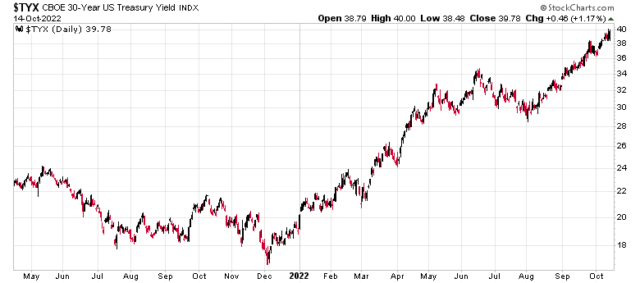Quote:
DOE has finalized a first-of-its-kind rule that enables it to enter into fixed-price contracts with suppliers, through a competitive bid process, to repurchase oil for future delivery windows. This new authority will shore up demand for oil when supply is less uncertain and prices are anticipated to be lower. For example, if the market were to price barrels for delivery in mid-2024 at $70, the new rule allows DOE to enter into a contract now for mid-2024 delivery of oil at, around or lower than that price. DOE plans to use this authority to enter into contracts to repurchase oil for the SPR, targeting a price of about $67 to $72 per barrel or lower, with initial repurchases being delivered in 2024 or 2025. In addition, DOE is prepared to undertake additional SPR repurchases at times when the price of oil for current delivery drops to about $67 to $72 per barrel or lower, supplementing its future fixed-price contracts as appropriate.
SPR Reserves – September 30: 416,319 million barrels remaining – October and November will feature another 25 million barrels or so out of the reserve.
Notably with the above quotation, it puts an effective floor on oil pricing for a certain amount of capacity. This has the makings of a one-way trade, providing that demand does not collapse to the point where prices go even lower than that due to perhaps an impending recession in 2023.
Always interesting times ahead, navigate carefully!

